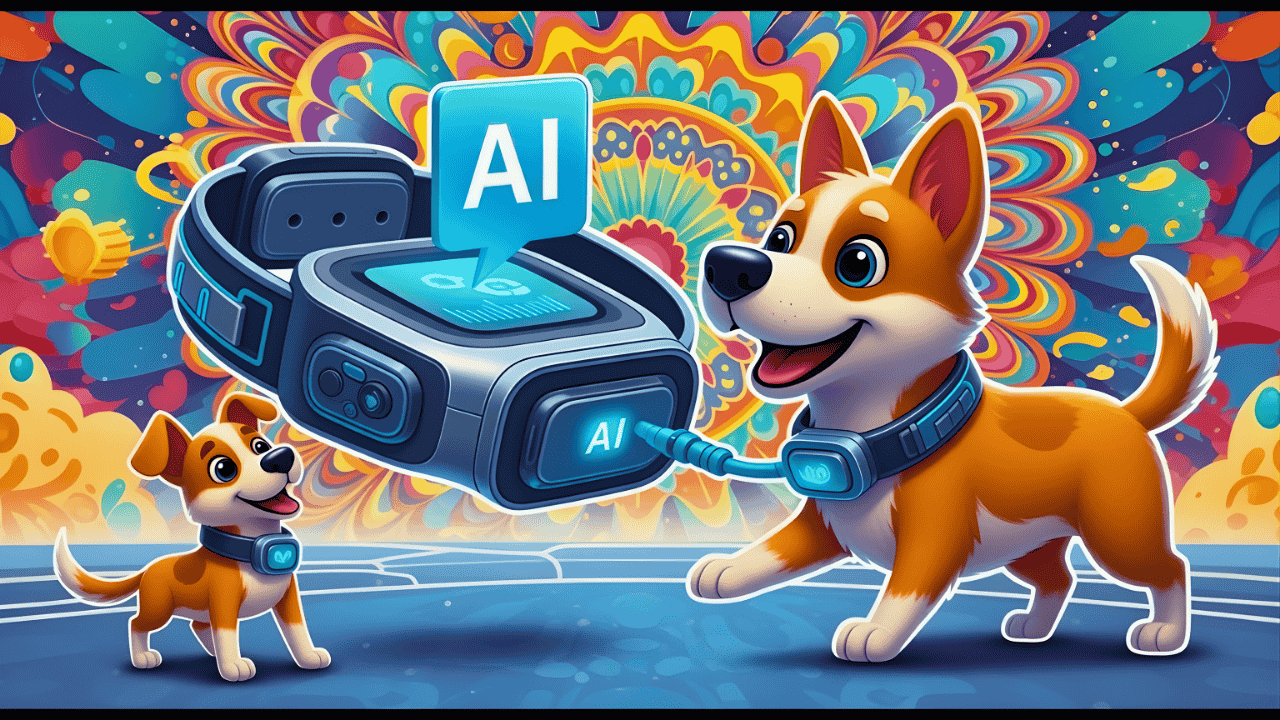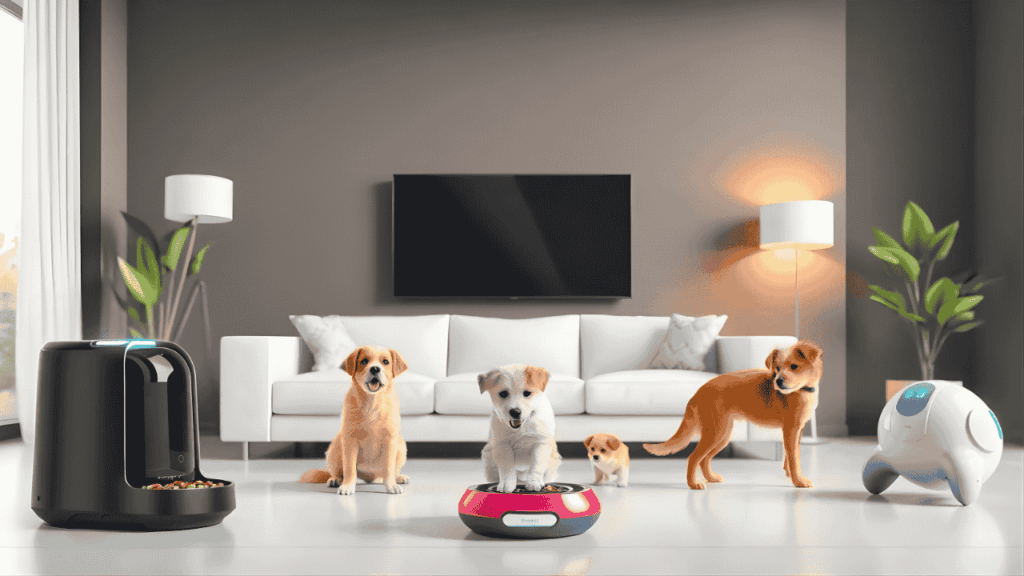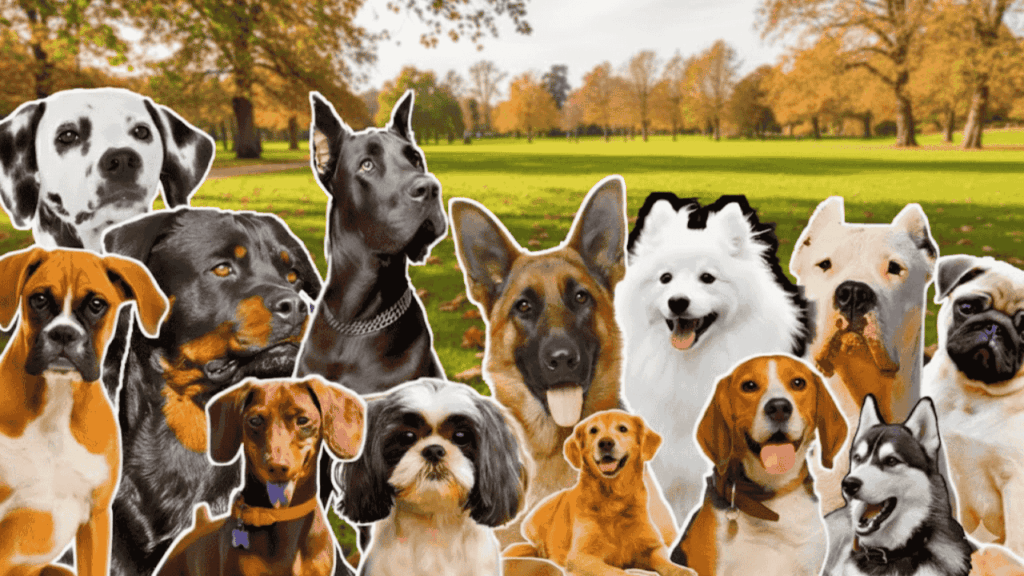Artificial intelligence has begun reshaping nearly every part of life in the United States, and pet care is no exception. From health monitoring to personalized nutrition and training, AI is transforming how Americans care for their dogs. Instead of relying solely on observation or routine checkups, AI-powered devices can now track a dog’s activity, sleep, diet, and even emotions in real time.
AI-driven apps use data from smart collars or cameras to analyze patterns in behavior. For example, if a dog’s movement suddenly decreases or its sleeping pattern changes, the system can alert the owner that something might be wrong. This proactive approach allows pet parents to detect early signs of illness or discomfort before they become serious. In many ways, AI is giving dogs a voice they never had, allowing humans to understand them more accurately.
What is the Importance of Pet Tech in Everyday Dog Care
Pet technology has moved far beyond basic tracking devices. Today’s smart pet products combine advanced sensors, GPS, and AI to provide a more complete picture of a dog’s health and well-being. Smart feeders can automatically adjust portion sizes based on the dog’s age, weight, and activity levels. Fitness trackers record how much exercise a dog gets daily, ensuring it stays fit and active.
Pet tech is also helping with mental stimulation. Interactive smart toys can keep dogs engaged when their owners are away, reducing boredom and anxiety. These innovations are especially helpful for busy pet owners who want to maintain their dogs’ happiness and health even when they can’t be at home all day. The growing popularity of these tools shows that Americans are eager to embrace technology that strengthens the bond between humans and dogs.
What is the Impact of AI on Veterinary Care
AI is rapidly changing how veterinarians diagnose and treat animals. Instead of waiting for physical symptoms to appear, vets can now use data from smart devices to spot health problems early. For example, AI systems can analyze photos or videos to detect signs of skin conditions, limping, or unusual behavior patterns. Some clinics in the U.S. already use AI-based imaging tools to read X-rays and ultrasounds faster and more accurately than before.
These technologies not only save time but also improve the quality of care. With predictive analytics, vets can anticipate health risks based on a dog’s breed, age, and medical history. This shift toward preventive care means fewer emergency visits and better long-term outcomes for dogs. As AI continues to evolve, it’s likely that virtual vet consultations and real-time health monitoring will become standard practice in pet healthcare across America.
When Did Pet Tech Become a Mainstream Trend in the USA
Pet technology began gaining traction in the late 2010s, but it wasn’t until the early 2020s that it became a mainstream trend in the U.S. Initially, products like GPS collars and automatic feeders were viewed as luxury items. However, as technology became more affordable and accessible, more dog owners started to adopt smart devices as part of their daily routines.
The rise of remote work during the pandemic also accelerated interest in pet tech. People spending more time at home became more aware of their dogs’ habits and emotions. They began searching for smarter ways to monitor and care for their pets, even when they returned to the office. By 2025, the pet tech market in the United States had grown into a multi-billion-dollar industry, driven by innovations in AI, data analytics, and mobile applications.
How Smart Devices Are Helping Improve Dog Health
Smart collars and wearable monitors are at the heart of this technological shift. These devices can track a dog’s heart rate, breathing patterns, and activity levels with remarkable accuracy. Some advanced versions even detect stress levels by analyzing changes in movement and temperature. When unusual patterns appear, the owner receives instant notifications through a mobile app.
Nutrition is another area benefiting from AI and pet tech. Smart feeders can analyze feeding habits and adjust meal sizes automatically, preventing obesity or underfeeding. AI-powered nutrition apps also recommend meal plans tailored to each dog’s unique health profile. This level of customization was nearly impossible a few years ago, but it’s now becoming the norm for health-conscious dog owners.
How Training and Behavior Are Evolving Through AI
Dog training has also entered a new era thanks to artificial intelligence. Modern AI-driven training apps can interpret a dog’s barking, posture, or facial expressions to identify emotional states like stress or excitement. They provide personalized training recommendations based on the dog’s learning pace and behavior history.
Smart cameras with AI recognition can reward dogs automatically when they follow commands or display good behavior. This form of instant feedback helps dogs learn faster while allowing owners to monitor progress remotely. Even for rescue or anxious dogs, AI-based behavior analysis tools are helping trainers develop more effective and compassionate approaches.
How AI Improves Safety and Peace of Mind for Dog Owners
Safety is one of the biggest concerns for any pet owner, and AI-powered devices are making it easier to keep dogs safe. GPS-enabled smart collars allow real-time tracking, sending alerts if a dog leaves a designated safe zone. Some systems even include temperature sensors to warn owners if their dog is exposed to extreme heat or cold.
Home monitoring cameras have also evolved with AI features like motion detection and bark recognition. These systems can tell the difference between normal play and signs of distress, sending alerts to the owner’s phone if something seems off. The ability to check in on pets anytime provides immense peace of mind, especially for those who travel frequently or work long hours.
What is the Future of AI and Pet Tech in Dog Care
Looking ahead, the future of AI and pet technology in the U.S. promises even more exciting possibilities. We are likely to see smarter ecosystems where multiple devices communicate seamlessly to give owners a complete view of their dogs’ health. For example, a smart collar could share data with a feeder, adjusting calorie intake automatically based on daily activity.
AI will also continue to play a major role in predicting diseases and tailoring healthcare plans. Personalized wellness apps may soon provide daily insights on mood, energy levels, and dietary needs. As data collection improves, AI could even help identify genetic health risks early in a dog’s life. The next generation of pet tech will focus on making care more proactive, precise, and personalized than ever before.
How U.S. Pet Owners Are Embracing This Digital Shift
American dog owners are increasingly open to integrating technology into every aspect of pet care. For them, it’s not just about convenience—it’s about providing the best possible life for their pets. The combination of AI and pet tech allows owners to understand their dogs better, respond faster to their needs, and make informed decisions about their health.
While no technology can replace the love and companionship between humans and dogs, these innovations are enhancing that bond by adding a deeper level of communication and trust. As AI continues to evolve, the relationship between people and their dogs will only grow stronger, more informed, and more connected.







